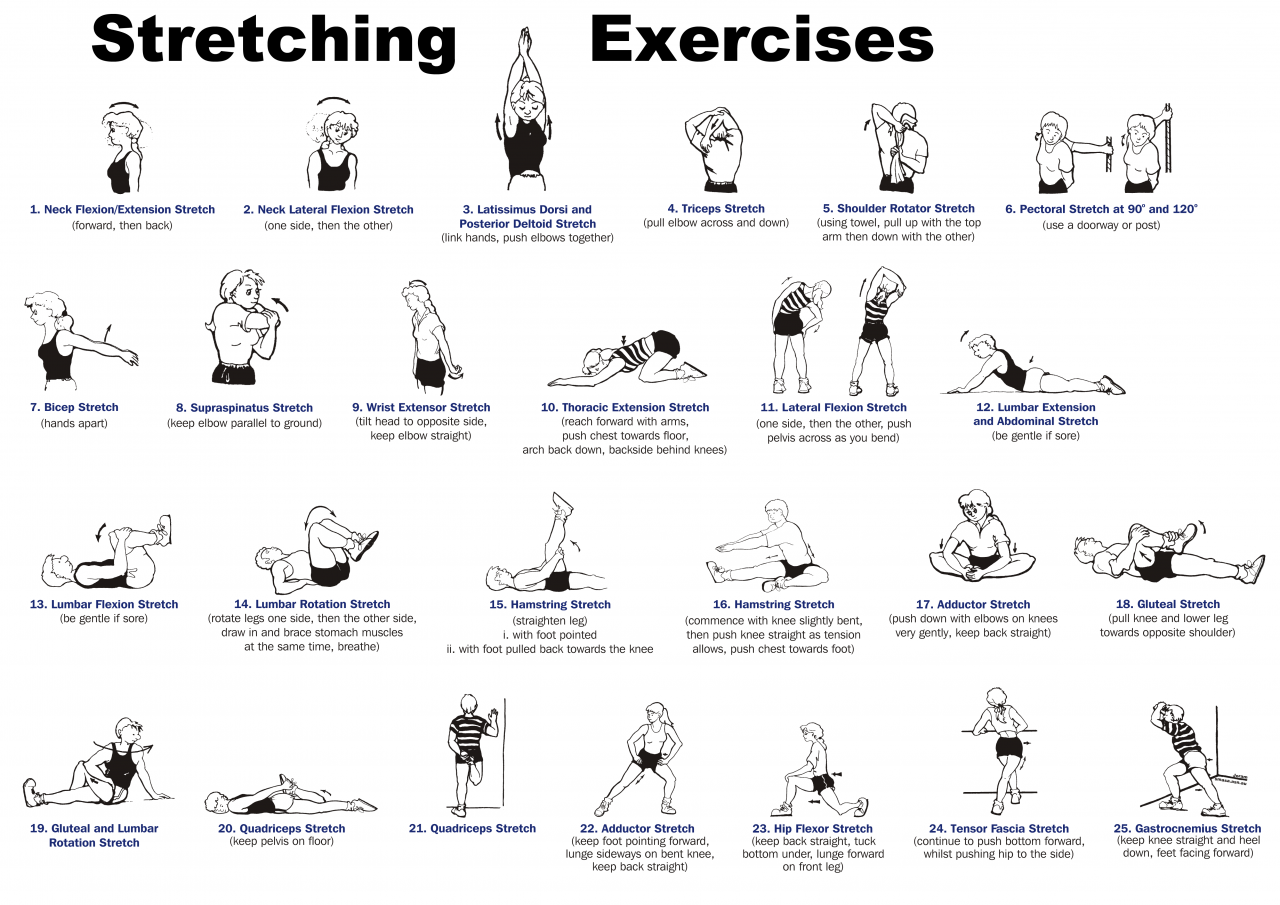
Explain why regular exercise is the best way to prevent flexibility issues. – Regular exercise is the cornerstone of a healthy and flexible body. By engaging in regular physical activity, we can significantly improve our range of motion, reduce the risk of injuries, and enhance our overall well-being.
The benefits of regular exercise for flexibility are undeniable. It helps improve joint mobility, increases muscle elasticity, and reduces muscle tension, making it easier to perform everyday activities and reducing the likelihood of strains and sprains.
Snoopy, the beloved beagle, sends a heartfelt “Happy Mother’s Day” to all moms, as Snoop’s message brings a smile to their faces. In celebration of motherhood, beautiful images convey the essence of love and gratitude. For those seeking to improve their physical well-being, a targeted focus on lower back exercises can effectively reduce excess fat and strengthen the area.
Introduction: Explain Why Regular Exercise Is The Best Way To Prevent Flexibility Issues.

Regular exercise is paramount for maintaining flexibility, which is crucial for overall health and well-being. Flexibility enables us to move freely and efficiently, reducing the risk of injuries and enhancing our quality of life.
Benefits of Regular Exercise for Flexibility
Exercise helps improve flexibility by:
- Stretching muscles and connective tissues, increasing their range of motion
- Improving blood flow to muscles, delivering nutrients and oxygen for repair and growth
- Reducing muscle tension and stiffness, promoting relaxation and mobility
Increased range of motion can benefit daily activities such as reaching, bending, and twisting, making them easier and less strenuous.
Expressing love and appreciation to mothers extends beyond language barriers, as Vietnamese greetings of “Happy Mother’s Day” convey the same warmth and sentiment. Understanding the importance of a strong back, knowledge of the back muscles and their functions enables individuals to engage in targeted exercises that enhance posture, reduce pain, and improve overall health.
Types of Exercises for Flexibility
Various exercises enhance flexibility:
- Static stretching:Holding a stretch for 10-30 seconds
- Dynamic stretching:Moving through a range of motion while stretching
- Yoga and Pilates:Mind-body practices that focus on flexibility and core strength
- Tai chi and qigong:Gentle exercises that improve balance and flexibility
Each type of exercise has its benefits and limitations. It’s recommended to incorporate a variety of exercises into a routine.
Frequency and Duration of Exercise for Flexibility
For optimal results, aim for:
- Frequency:2-3 times per week
- Duration:10-15 minutes per session
Consistency is key. Gradual progression is important to avoid overexertion and injuries.
Other Factors Affecting Flexibility
Other factors that influence flexibility include:
- Age:Flexibility naturally decreases with age
- Gender:Women tend to be more flexible than men
- Lifestyle:Sedentary lifestyles can reduce flexibility
These factors can impact exercise recommendations, so it’s important to consult with a healthcare professional for personalized advice.
Tips for Incorporating Exercise into Your Routine
- Find enjoyable activities that you’ll stick to
- Set realistic goals and gradually increase intensity
- Make exercise a part of your daily routine, such as taking the stairs or walking during breaks
- Find a workout buddy for motivation and support
Safety Considerations, Explain why regular exercise is the best way to prevent flexibility issues.
To prevent injuries:
- Use proper form and technique
- Warm up before exercising and cool down afterward
- Listen to your body and stop if you experience pain
Final Summary

Incorporating regular exercise into your routine is essential for maintaining flexibility and preventing stiffness. By choosing enjoyable activities, setting realistic goals, and gradually increasing the intensity and duration of your workouts, you can unlock the full benefits of exercise and enjoy a more flexible, pain-free life.
Expert Answers
How often should I exercise to improve flexibility?
Aim for at least 30 minutes of moderate-intensity exercise most days of the week.
What types of exercises are best for flexibility?
Stretching, yoga, tai chi, and Pilates are all excellent choices.
Celebrate the special bond between mothers and their loved ones with heartwarming Snoopy Happy Mother’s Day images. Send happy Mother’s Day wishes to all the moms in your life to express your gratitude for their unwavering love and support. In addition to celebrating the special day, prioritize your health and fitness with effective exercises for lower back fat and strengthen your back muscles for optimal posture and well-being.
Express your love in Vietnamese with heartfelt Happy Mother’s Day in Vietnamese messages.
Is it safe to exercise if I have joint pain?
Yes, but it’s important to start slowly and gradually increase the intensity and duration of your workouts. Consult with a healthcare professional if you have any concerns.





